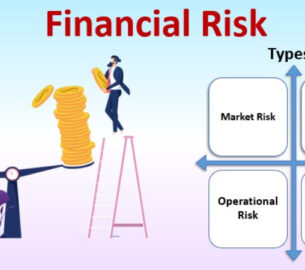When you borrow against your assets, it’s like having an awesome savings account. You can get into some trouble if they aren’t enough to cover the expenses that arise.
The top pros and cons of Asset-Based Lending are largely based on whether or not the business has sufficient funds in its bank accounts for unexpected expenditures.
What Are Asset-Based Loans?:
To get approved for asset-based lending, you’ll have to show your lender exactly what’s in store as collateral – from accounts receivables and equipment or inventory. They’re a type of business loan that depends on the market worth of your secured assets. If you take out a standard business line of credit, it’d be repaid with interest over time. Still, if you go the other route and choose one option instead (i.e., using accounts receivable), then repayment varies depending on which working capital is chosen.
Your lender will be able to take and sell your business assets if you default because of who used them to secure the financing.
The Advantages Of Asset-Based Lending:
Quick Application And Funding:
If you are looking for a quick and easy Asset Loan to get, asset-based lending may be right up your alley. Unlike other types of loans where documentation can take the time or not even be available at all, an application for this type will likely only need minimal paperwork before it could turn into funding. In bad financial times too, when there might not be any open doors elsewhere, these funds from the bank might save your business day!
Financial Stability
Your business is struggling, but you need a loan to get it back on its feet. Asset-based loans are designed for businesses during difficult times; they provide cash flow and help your company recover from the financial troubles plaguing it in recent months. Who can also secure these types of loans with assets such as machinery or equipment, which reduce risk exposure for lenders while enabling borrowers to continue running their operations normally without the disruption caused by credit history issues like bankruptcies or late payments?
Low-interest Rate
An asset-based may offer lower interest rates than other term loans because there’s little uncertainty about payment schedules – if an emergency arises. Some portion of any income generated by your fixed possessions will go towards paying off debt until things stabilize again!
The Disadvantages Of Asset-Based Lending:
According to research, here are the most significant disadvantages:
- The danger in Debtors Defaulting on Their Loans (Asset Danger): if you default on your loan, who will forfeit assets given as collateral. It could include equipment or inventory, for example.
- Additional Fees and Interest Payments Required by Borrowers with Assets Used as Collateral: An asset-based lender may require additional fees such as origination fee, audit costs due to diligence charges; this is not required from borrowers without any firm physical value like homes or cars which can’t be used for security purposes however they still have a risk associated with them because there’s no guarantee these other types of loans won.’
Conclusion:
Let’s face it; if you’re a small business owner in need of capital to help your company grow, few options can get you the funding. You may have no collateral or equity and never turn enough profit for any bank loans – these days, even most lines of credit require some asset as security! Luckily an asset-based loan might be just what you’ve been looking for. Put: with this type of financing, banks lend money based on assets owned by a borrower without requiring them to own the said property outright (since they’ll eventually be paying back the debt).











